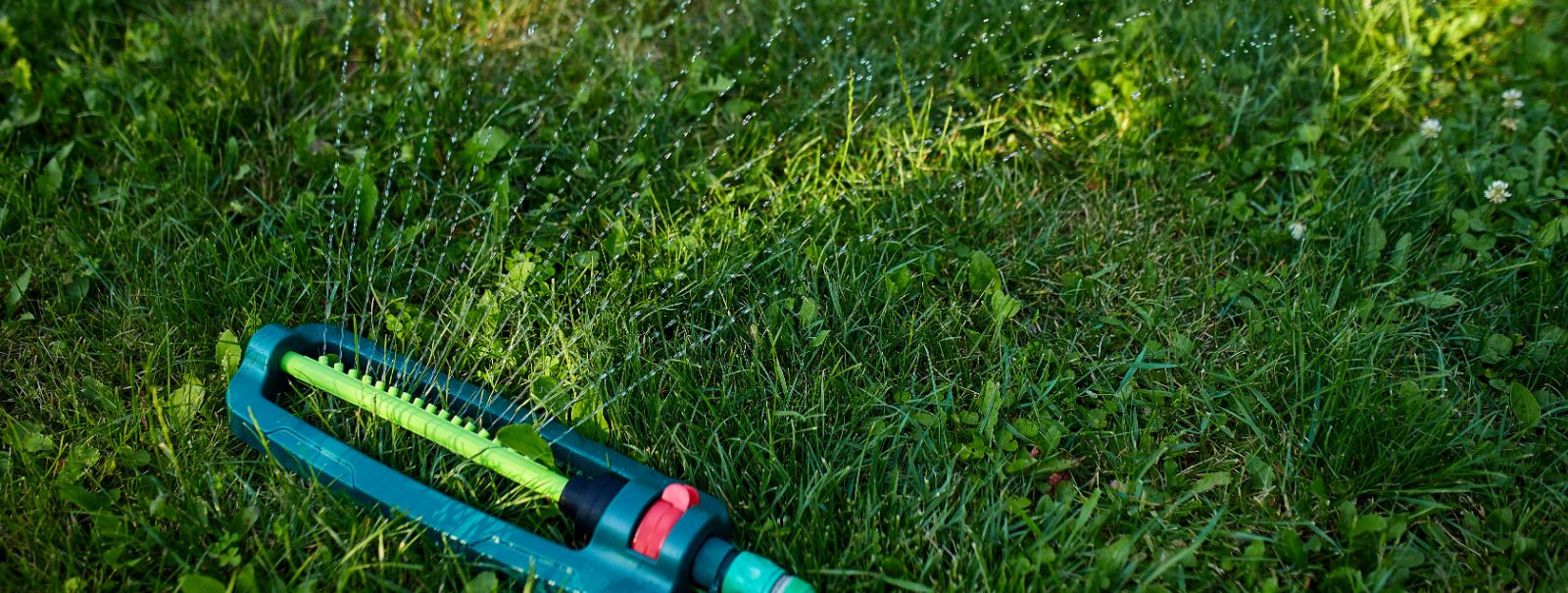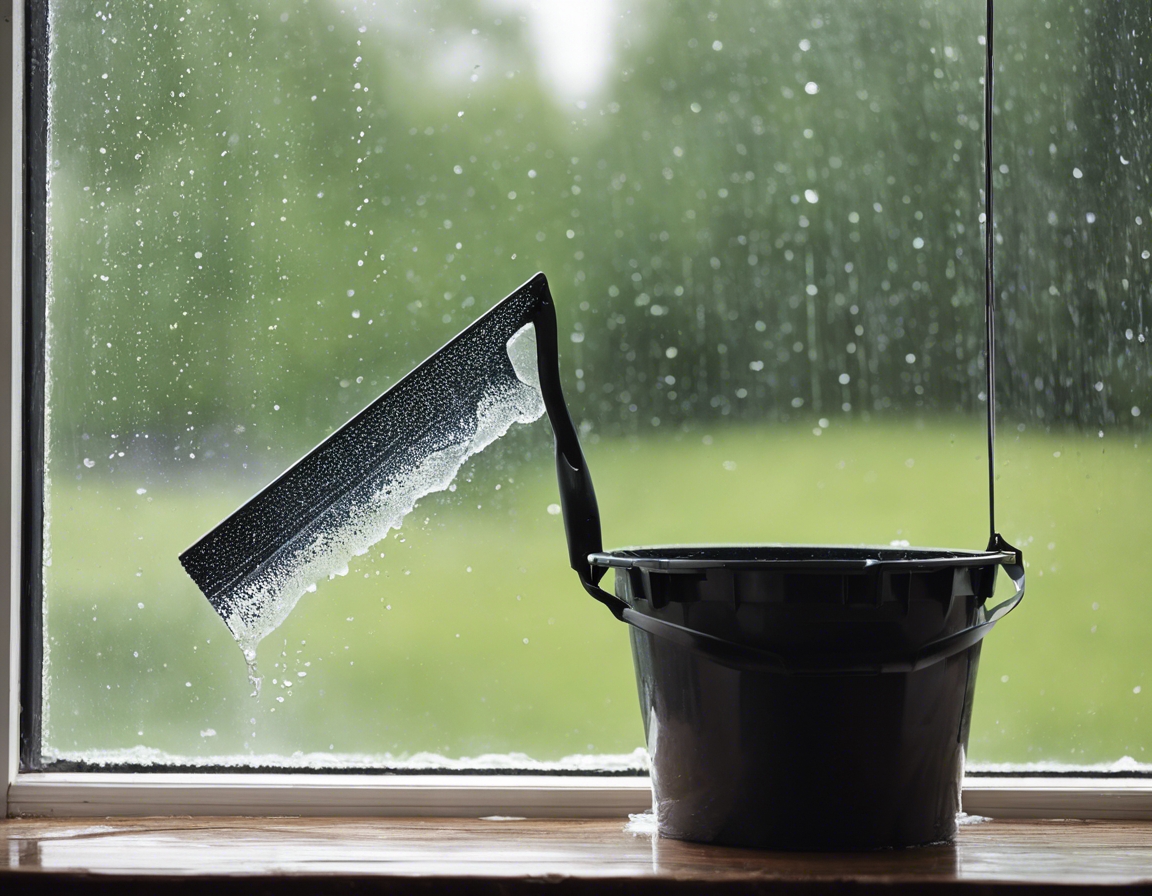5 tips for eco-friendly lawn care
As homeowners and private clients in urban and suburban areas, you understand the value of a well-maintained living space. However, traditional lawn care methods often involve practices that can be harmful to the environment. Eco-friendly lawn care is about finding a balance between maintaining a beautiful lawn and minimizing our ecological footprint. In this post, we'll explore five tips that will help you achieve a lush, green lawn in a sustainable way.
Tip 1: Organic Lawn Treatments
Organic fertilizers are made from natural materials and are better for the soil and the environment. They release nutrients slowly, improving soil health over time. Look for products that are certified organic and avoid synthetic options that can leach into waterways and harm wildlife.
Instead of chemical herbicides, consider natural alternatives like corn gluten meal, which prevents weed seeds from germinating. Hand-pulling weeds is also an effective and eco-friendly option. Regular lawn maintenance can reduce the need for weed control, as a healthy lawn can outcompete most weeds.
Tip 2: Water Conservation Strategies
Overwatering is a common issue in lawn care. To conserve water, water your lawn deeply but infrequently, which encourages deeper root growth and drought resistance. Early morning is the best time to water, as it reduces evaporation and fungal growth.
Collecting rainwater in barrels is an excellent way to reduce your water usage. Use this naturally soft water for your lawn and plants, which is better for them than the treated water from your tap.
Tip 3: Eco-Friendly Mowing Techniques
Keeping your grass at the right height is crucial for its health and sustainability. Taller grass shades the soil, reducing water evaporation and weed growth. Adjust your mower to the highest setting that is appropriate for your grass type.
Electric mowers are quieter, produce no emissions, and are generally easier to maintain than their gas-powered counterparts. For smaller lawns, consider a manual reel mower, which has zero emissions and provides a good workout.
Tip 4: Planting Native Species
Native plants are adapted to your local climate and soil conditions, requiring less water, fertilizer, and pest control. They also provide essential habitat for local wildlife and promote biodiversity.
Consult with local nurseries or extension services to find out which species are native to your area. Incorporating these plants into your lawn design can create a more resilient and low-maintenance landscape.
Tip 5: Natural Lawn Pest Management
Encouraging beneficial insects like ladybugs and lacewings can naturally keep pest populations in check. Biological controls, such as nematodes for grub control, are also effective and do not harm the environment.
Homemade remedies, such as a mixture of dish soap and water, can be used to treat pests without resorting to harsh chemicals. Always research and test solutions on a small area first to ensure they do not damage your lawn.






Comments (0)